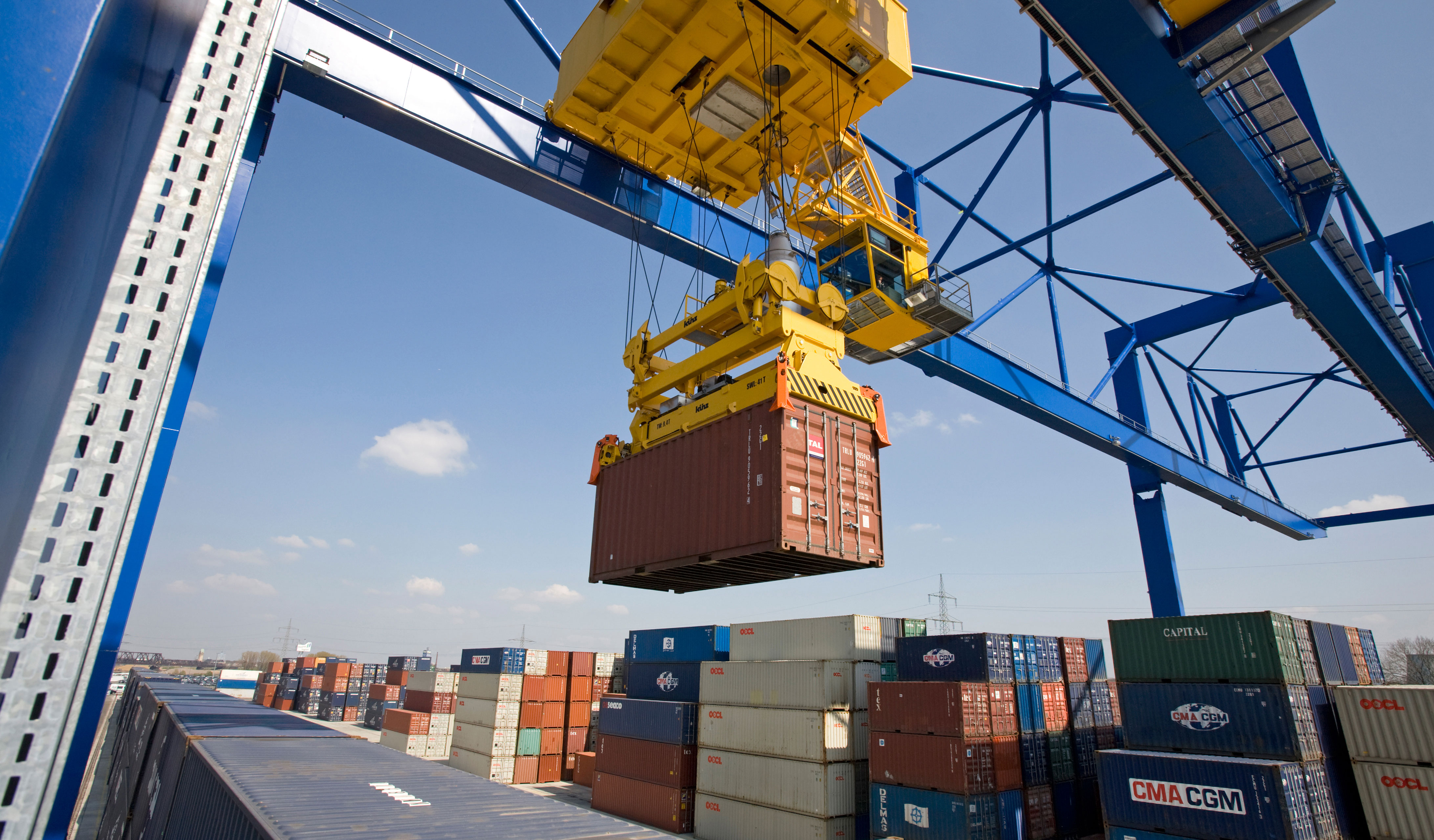(Version in Español | Français | Русский | عربي| 中文 | 日本語 )
The world economic recovery continues. But it remains a two-speed recovery: slow in advanced countries, and much faster in emerging and developing economies. As a result, tensions and risks are emerging, which require strong policy responses.
The outlook
For some time, global activity was led by fiscal stimulus and the restocking of inventories. This process is now essentially over, which means that global growth is set to slow over the coming year. Fortunately, underlying private demand is improving, so we expect the slowdown to be modest, with global growth remaining at 4.4 percent in 2011, down from 5 percent in 2010.
In emerging and developing countries, growth is likely to remain strong. Gross Domestic Product for this group of countries should increase by 6.5 percent in 2011, compared with 7.1 percent in 2010. Most emerging and developing economies have few scars from the crisis, and some—such as South Africa, where we launched our latest World Economic Outlook update today—are benefiting from strong commodity prices. In many emerging market countries, output is now back to potential and the policy challenge is to avoid overheating.
Economic growth in advanced countries however, growth will remain subdued. We anticipate 2.5 percent growth in 2011, compared to 3 percent in 2010. This is barely enough to dent high unemployment, and this raises clear social concerns. These countries still need to work off their pre-crisis excesses, and to fully repair their financial systems. Many are also facing fiscal challenges, most pressingly in the euro area.
Meanwhile, little progress is being made in addressing global imbalances. We expect that growth in the U.S. will be based on domestic demand, while net exports deteriorate. One may worry that the U.S. will replicate the type of growth it had before the crisis, with public dissaving taking the role that low private saving used to play. Similarly, without fundamental changes in China, we expect the current account surplus there to rebound from its lower level this year.
Tensions and risks
In the short term, this uneven global recovery is creating four main tensions and risks.
The first is rising commodity prices. In fact, the problem is not quite as severe as headlines would suggest, as actual prices remain below their pre-crisis peaks. Moreover, food price increases have been driven mainly by one time supply-side factors, and the effects should wind down over the course of 2011. However, oil price pressures are different. They come from the demand side. In the second half of last year, unexpected consumption growth of 2 percent resulted in a price increase of roughly 10 percent. Strong world growth is likely to be associated with further increases, with important implications for emerging and developing economies.
The second is capital flows into emerging markets. Here again, the problem is not quite as bad as the headlines would suggest. Inflows have definitely increased, but for most countries, they remain below previous peaks and have actually been receding in the last couple of months. This recent decrease actually suggests that the U.S. Fed’s QE2 may not be having the impact that many emerging markets anticipated. Nevertheless, these flows raise difficult policy choices, from the degree to which countries should allow for currency appreciation, to the respective roles of macroeconomic policy, macro prudential tools, and capital controls.
Third are the risks in “peripheral” Europe. In some of these countries, the macro and fiscal adjustment is likely to be a long and painful one. Markets consequently worry that implementation could go off track, leading to concerns about sovereign debt, and in turn to concerns about banks. They also worry that problems could travel in the other direction, from banks to sovereigns.
Fourth are the risks associated with continuing global imbalances. What will happen if such rebalancing does not take place? Absent an improvement in net exports, growth is likely to remain subdued in the U.S., making it difficult to withdraw the fiscal stimulus. But if stimulus is not withdrawn, the long-term fiscal challenges will intensify. Either way, there will eventually be problems down the line, not only for the U.S. but, by implication, also for the rest of the world.
Three-pronged policy strategy
So, what needs to be done, to reduce risks and strengthen the global recovery? A three-pronged strategy is necessary:
- In many emerging and developing countries, macroeconomic policies need to shift so as to avoid overheating.
- In “peripheral” Europe, some measures must be taken urgently, among them clarifying the exposures of banks, backed by recapitalization schemes if and where needed (as outlined in the IMF’s update of global financial stability). Otherwise, it is important to “give time to time”. That is, since fiscal and structural adjustments will take time, it is important to take panic scenarios out of the picture. This means that current fiscal and macroeconomic commitments must be backed by deeds, adequate multilateral funding if and where needed, and ECB liquidity.
- Finally, the world needs to reduce global imbalances. For China and other surplus countries, this involves structural reforms and currency appreciation. For the U.S. and other advanced countries, this involves fiscal consolidation. In that respect, many advanced countries, including the U.S., have not yet put in place a credible medium term fiscal adjustment plan, and this is urgently needed. Dealing with global imbalances is essential to achieve a sustained, lasting, world recovery.


